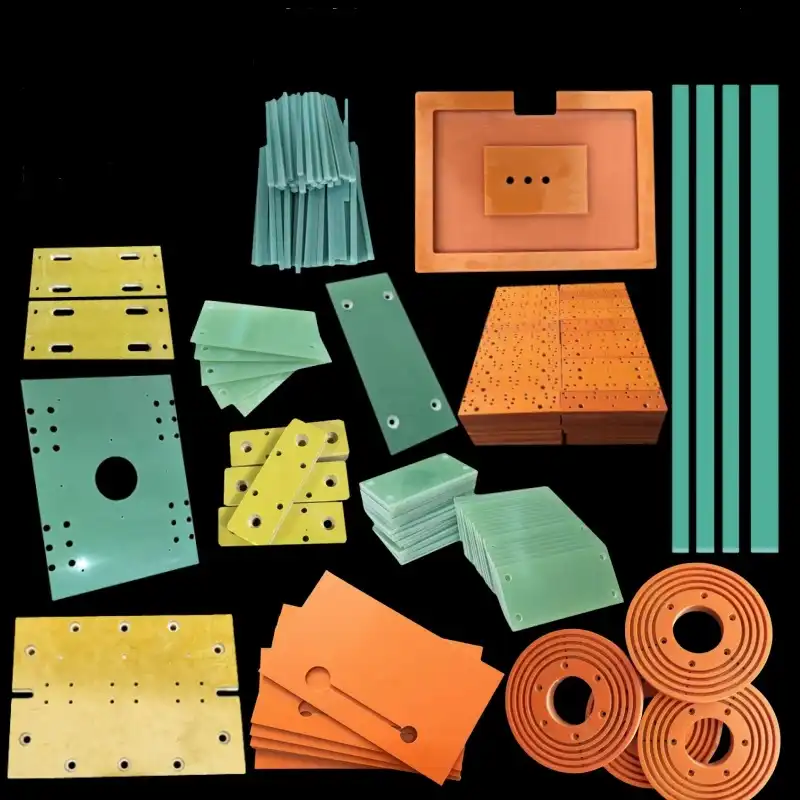Eco-Friendly and Sustainable Insulation Solutions
Biodegradable Insulation Materials
The push towards sustainability has led to the development of biodegradable insulation materials. These innovative solutions are derived from renewable resources and can decompose naturally at the end of their lifecycle. Biopolymers, such as cellulose-based materials and plant-derived resins, are gaining traction as eco-friendly alternatives to traditional petroleum-based insulation. These materials not only reduce environmental impact but also offer comparable or even superior insulation properties.
Recycled and Upcycled Insulation
Recycling and upcycling have become integral parts of the insulation material industry. Manufacturers are exploring ways to repurpose waste materials into high-performance insulation products. For instance, recycled plastics, textiles, and even industrial byproducts are being transformed into effective insulation materials. This approach not only addresses waste management issues but also contributes to the circular economy by giving new life to discarded materials.
Low-Carbon Footprint Manufacturing Processes
The focus on sustainability extends beyond the materials themselves to encompass the entire manufacturing process. Companies are investing in low-carbon footprint production techniques, utilizing renewable energy sources, and optimizing their supply chains to minimize environmental impact. This holistic approach to sustainability ensures that the entire lifecycle of insulation materials aligns with eco-friendly principles, from raw material sourcing to end-of-life disposal.
Nanotechnology-Enhanced Insulation Materials
Nanocomposite Insulation
Nanocomposite insulation materials integrate nanoscale fillers like silica, alumina, or boron nitride into conventional insulating matrices such as epoxy or polymer resins. This integration results in superior material performance, including enhanced thermal conductivity, improved dielectric strength, and increased resistance to electrical discharges. The uniform dispersion of nanoparticles also contributes to higher mechanical stability and longer service life. These advancements enable the design of more compact and energy-efficient electrical systems, particularly in high-voltage and high-frequency applications where traditional materials may fall short.
Self-Assembling Nanostructures
Self-assembling nanostructures represent a breakthrough in next-generation insulation materials. These nanostructures can organize themselves into precise, energy-efficient configurations without external guidance, creating ultra-thin, uniform insulation layers. This capability allows them to conform to intricate shapes and surfaces, making them ideal for use in microelectronics, flexible devices, and miniaturized circuits. Their molecular-level precision also helps reduce energy loss and thermal buildup, contributing to improved device reliability and performance in compact, high-density electronic and electrical systems.
Nano-Engineered Surface Treatments
Nano-engineered surface treatments significantly enhance the protective qualities of insulation materials. By altering surface morphology at the nanometer scale, materials can be made superhydrophobic or oleophobic, effectively repelling water, oil, and other contaminants. This reduces the risk of electrical failure due to moisture ingress or surface pollution. Such treatments are especially beneficial in outdoor or harsh environments, where insulation materials are constantly exposed to weathering agents. The result is a longer lifespan, reduced maintenance needs, and greater operational stability for electrical equipment.
Smart Insulation Systems
Adaptive Insulation Materials
The concept of smart insulation systems is gaining momentum, with adaptive materials leading the way. These innovative insulation solutions can dynamically adjust their properties in response to changing environmental conditions or electrical loads. For example, phase-change materials incorporated into insulation can absorb or release heat to maintain optimal operating temperatures, while electro-responsive polymers can alter their dielectric properties based on applied voltage. This adaptability ensures optimal performance across a wide range of operating conditions.
Integrated Sensors and Monitoring
The integration of sensors and monitoring capabilities into insulation materials is transforming maintenance and diagnostics in electrical systems. These smart insulation solutions can detect changes in temperature, humidity, or electrical stress, providing real-time data on the condition of the insulation. This continuous monitoring allows for predictive maintenance, reducing downtime and preventing catastrophic failures. Additionally, the data collected can be used to optimize system performance and extend the lifespan of electrical equipment.
Self-Healing Insulation Compounds
Self-healing insulation compounds represent a significant leap forward in material science. These advanced materials can autonomously repair minor damage, such as microcracks or voids, that occur during operation. The self-healing process is typically triggered by heat, electrical stress, or mechanical damage, allowing the material to maintain its insulating properties over extended periods. This technology not only enhances the reliability of electrical systems but also reduces maintenance costs and extends the operational life of insulated components.
Conclusion
The future of electrical insulation materials is marked by innovation and sustainability. In 2025, the industry is poised for significant advancements in eco-friendly solutions, nanotechnology-enhanced materials, and smart insulation systems. These trends reflect a growing emphasis on energy efficiency, environmental responsibility, and advanced functionality. By embracing these innovations, manufacturers and end-users alike can look forward to more reliable, efficient, and sustainable electrical systems that meet the evolving demands of our increasingly electrified world.
Contact Us
For more information about cutting-edge insulation materials and how they can benefit your projects, don't hesitate to reach out to our team of experts. Contact us at info@jhd-material.com to explore our range of advanced insulation solutions and discover how we can help you stay ahead of the curve in electrical insulation technology.






